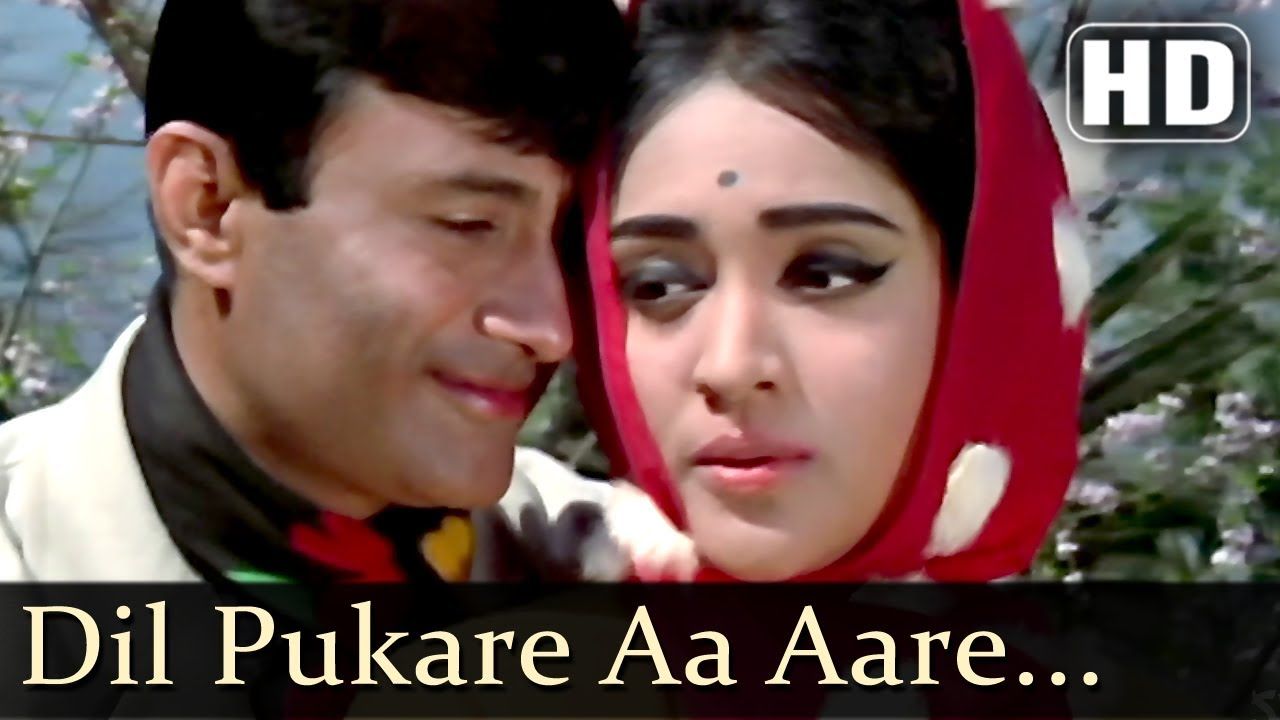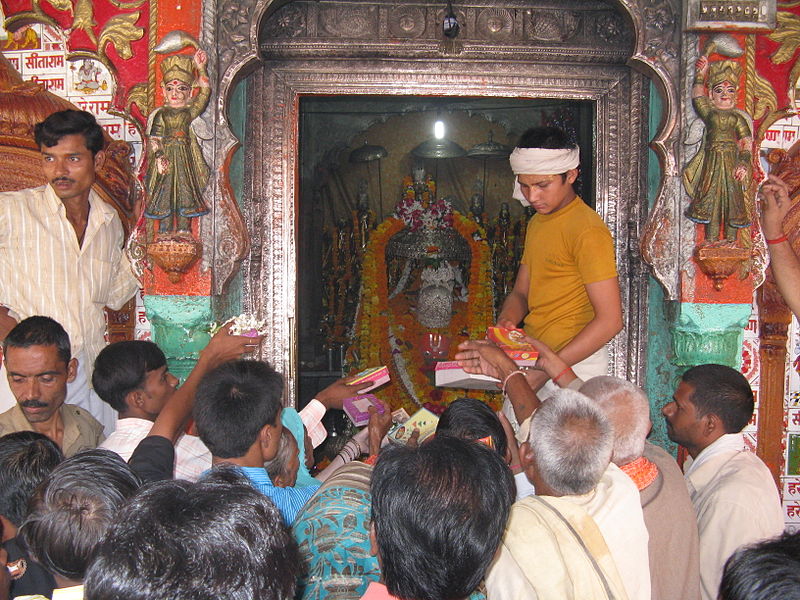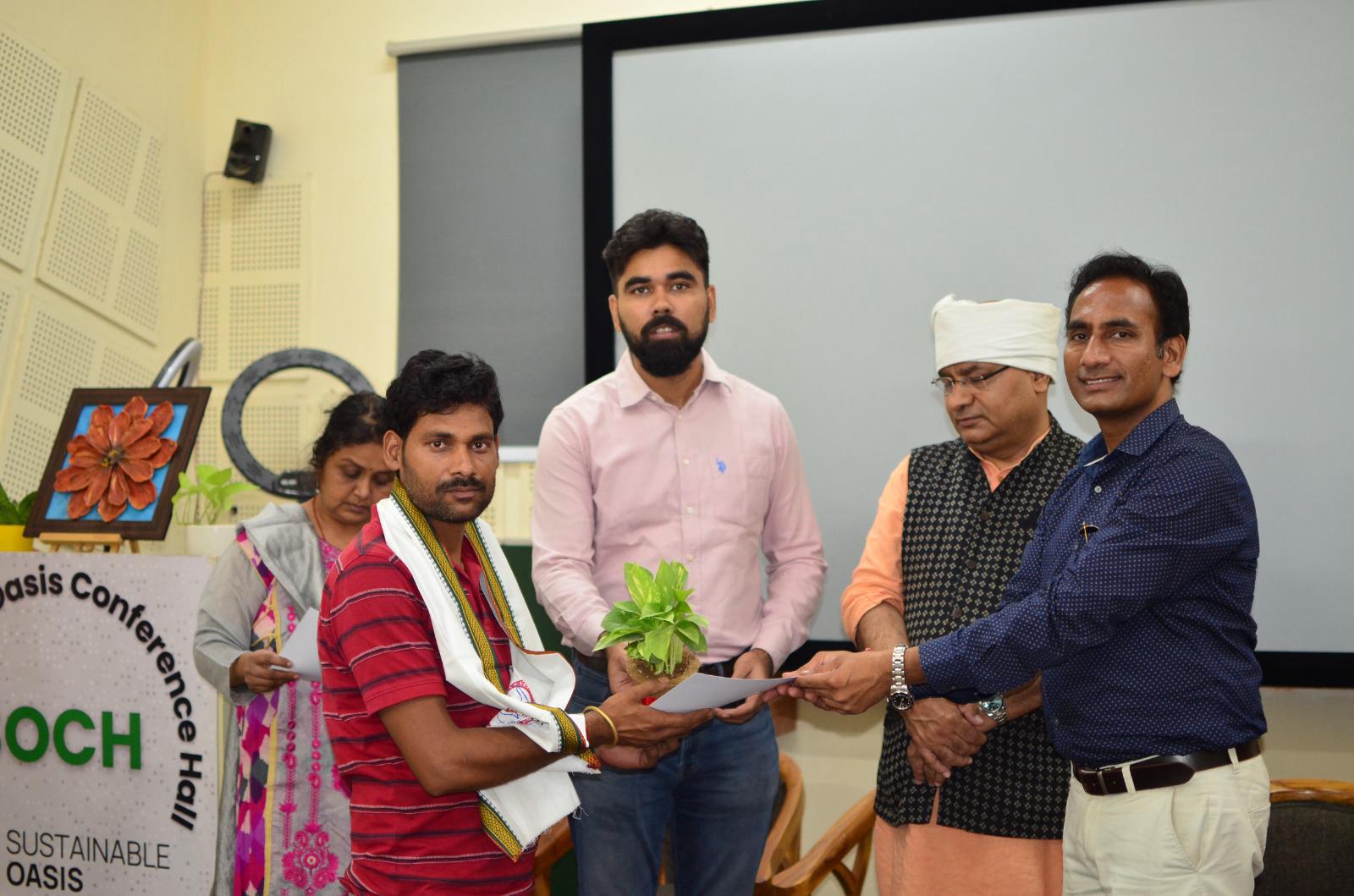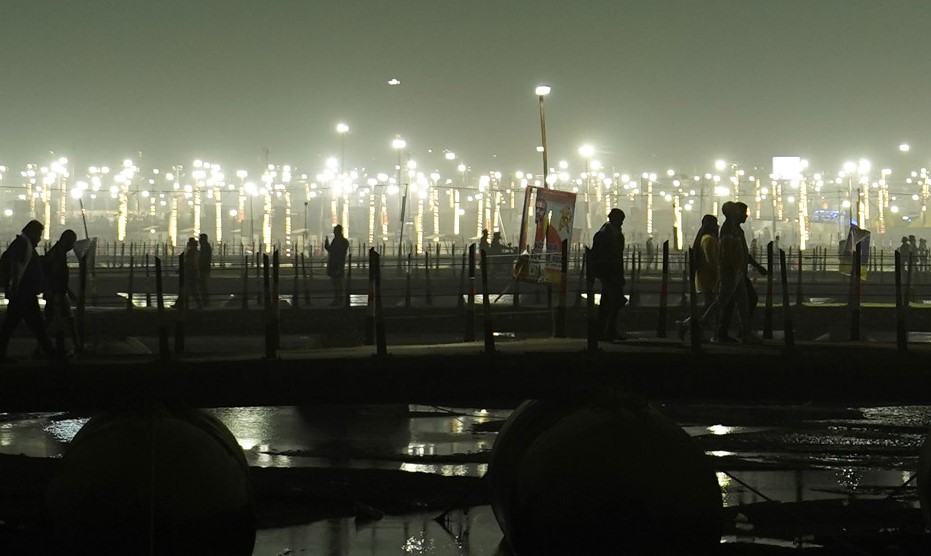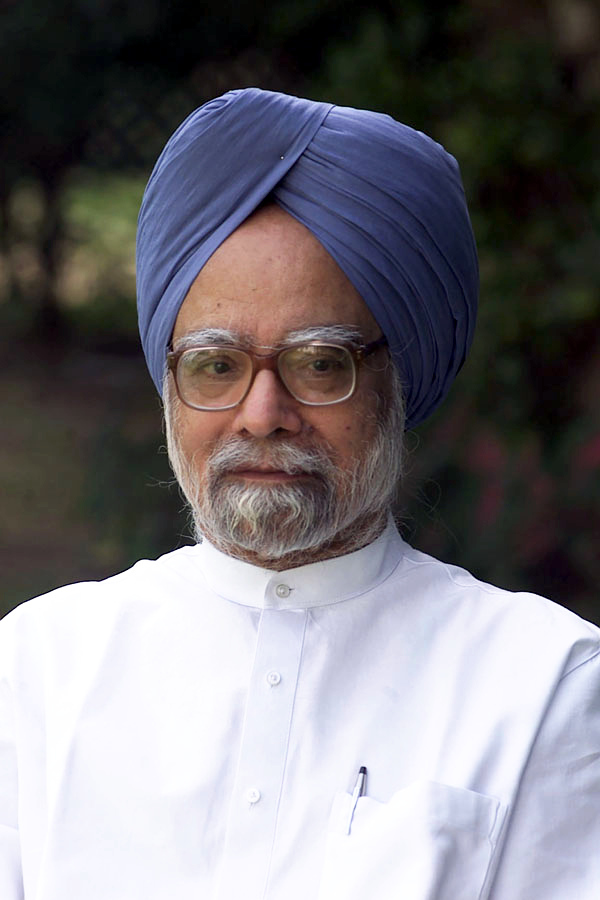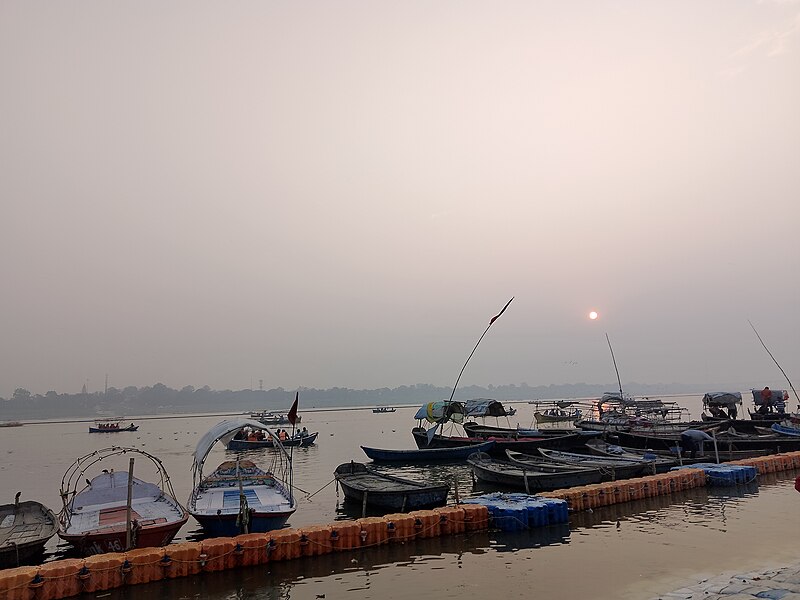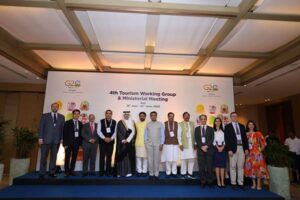This year’s rains show India’s city planning needs urgent course correction
Continuous rains, leading to flooding in several key cities, have put life out of gear repeatedly over the past few years
Mahua Venkatesh | September 11, 2024 11:28 pm

Monsoon in India (Photo courtesy: Wikimedia.org)
One of the key highlights of the Indus Valley Civilization or the Harappan Civilization was an effective drainage system and town planning. That was thousands of years ago.
India, which boasts of cradling one of the oldest civilizations of the world, has learnt little from its decorated past.
The continuous rains, leading to flooding in several key cities, have put life out of gear repeatedly over the past few years. But on the ground level, urban planning in a structured manner is something the country’s civic authorities don’t seem to be concerned about at all.
Video and still images of Gurugram in the National Capital Region, touted as the millennium city, hit social media just a few days ago. Not just Gurugram, similar stories from, among other cities, Bengaluru and Ahmedabad have grabbed headlines too. At a time when the country is trying to project itself as the next economic power of the world, these do little good to boost Brand India.
The problem is more worrying as Gurugram is a new town, which has come up in the last few years. One can understand that the infrastructure in older cities is crumbling but the fact that the situation is as bad as, if not worse than, in the newly developed towns is worrying.
Clearly, the extended monsoon this year is a warning signal to the civic authorities at the Centre as well as states to take urgent corrective steps to address the situation. It is a grim reminder that the Centre needs to take up effective city planning at the earliest. As the cities expand with more and more people flocking into the cities, roads, housing, power, water and sanitation need focus.
Infrastructure is the key to woo investors. Along with adequate infrastructure, both physical and social, comes the ease of living, something that India has been deliberating upon. “Urbanization is key but we need to be very careful and ensure that no loopholes are left,” an analyst on condition of anonymity said.
Sanjeev Sanyal, member of the Prime Minister’s Economic Advisory Council (EAC), earlier in an article in a leading publication wrote, “In an automobile obsessed age, we think of roads as the arteries of the city, but it is really drainage networks that should play this part. They are not merely to ensure that roads do not get flooded after a downpour but are an organic part of the city as green lungs, water-table recharge, public transport, waste management, and spaces for leisure.”
A study by the Proceedings of the International Association of Hydrological Sciences (PIAHS) published a few years ago noted China’s struggle in dealing with floods. “One of the salient problems that China’s urban planning has is that people focus more on what to do on the ground instead of caring about what happens under the ground,” it said. The significance of the drainage system has been overlooked while carrying out the rapid urbanization exercise and this applies to Indian cities too.
To promote India as an investment destination, smart and effective city planning will be the key. Without infrastructure, the growth party will be short lived.



